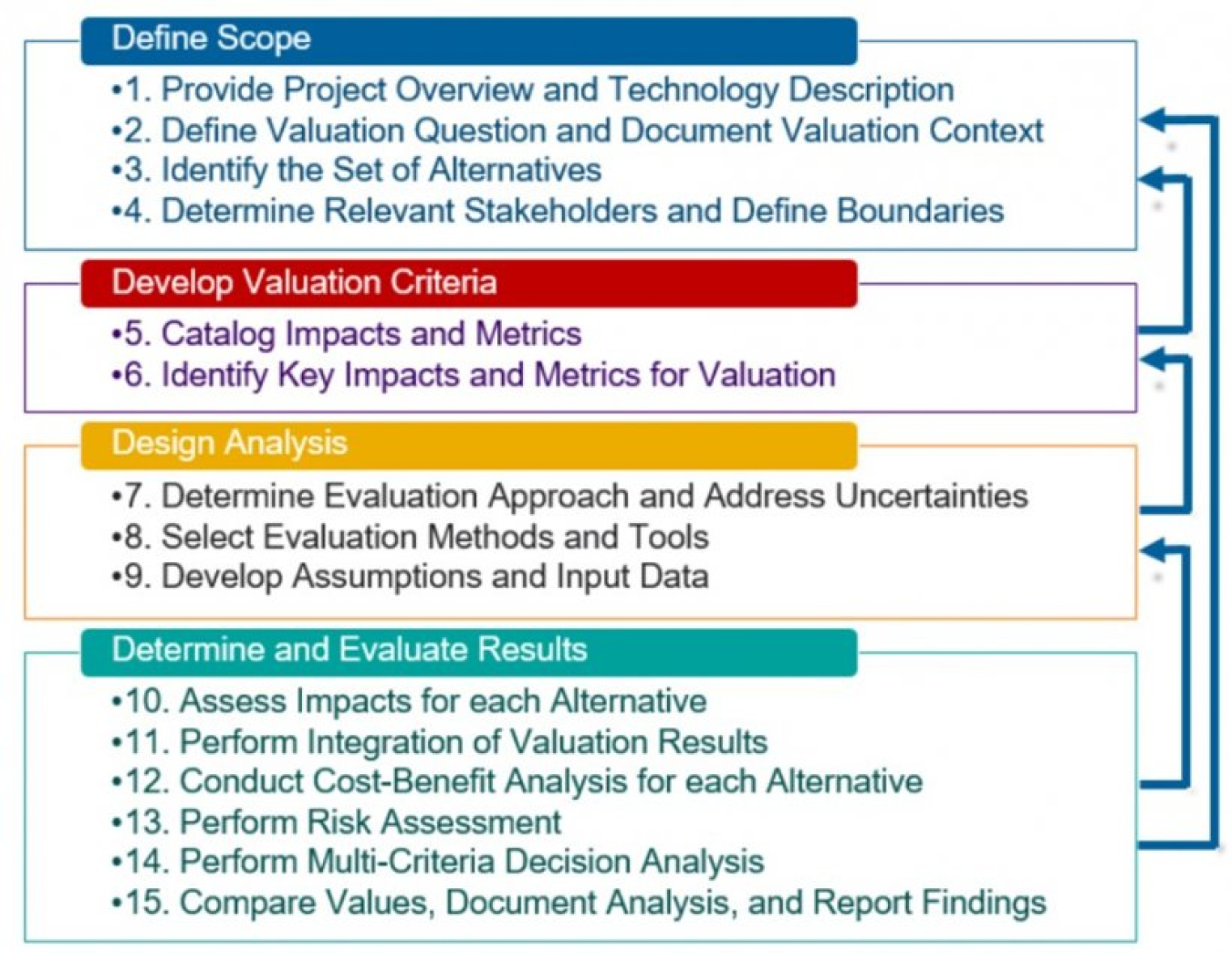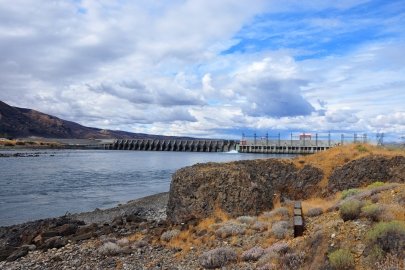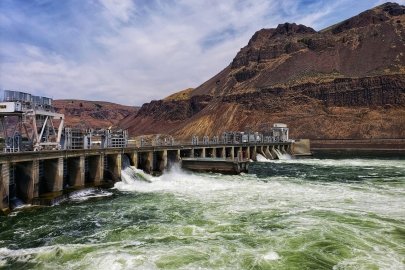National laboratory team details approaches and develops a tool for developers and other stakeholders to value a full range of pumped storage hydropower services and contributions to the grid.
Water Power Technologies Office
March 9, 2022HYDROPOWER PROGRAM
Grid Reliability, Resilience, & Integration (HydroWIRES)
Project Name: Valuation Guidance and Techno-Economic Studies for Pumped Storage Hydropower
Project Team: Argonne National Laboratory (guidebook lead), Pacific Northwest National Laboratory (tool lead), Idaho National Laboratory, National Renewable Energy Laboratory, and Oak Ridge National Laboratory
Lead Recipients’ Locations: Lemont, Illinois, and Richland, Washington

To help solve challenges related to calculating the value of pumped storage hydropower (PSH) plants and their many services, a team of U.S. national laboratories developed detailed, step-by-step valuation guidance that PSH developers, plant owners or operators, and other stakeholders can use to assess the value of existing or potential new PSH plants and their services. A team led by Argonne National Laboratory developed the PSH Valuation Guidebook, and a Pacific Northwest National Laboratory-led team created an online tool to help guidebook users navigate the valuation process.
The project team aimed to develop comprehensive and transparent guidance to support consistent valuation assessments and comparisons of PSH projects or design alternatives. To achieve this goal, the team developed a cost-benefit and decision analysis valuation framework structured as a 15-step process.

The Pumped Storage Valuation Guidebook outlines step-by-step valuation guidance that developers, plant owners or operators, and other stakeholders can use to assess the value of existing or potential new pumped storage hydropower plants and their services. Graphic courtesy of Argonne National Laboratory
The steps are grouped into four main activities highlighting the key stages of the valuation process: defining the scope of the analysis, developing valuation criteria, designing the analysis, and determining and evaluating the results. The valuation framework is designed to account for all PSH project costs and benefits, helping to determine the economic value of the project for the owner, system, and/or society as a whole. In addition, the framework allows for cost-benefit analyses to be performed from specific perspectives of different stakeholders, such as regulators and policymakers.
The PSH Valuation Guidebook was disseminated among industry stakeholders to build understanding of the true potential of this vital clean energy storage technology. The companion PSH Valuation Tool was demonstrated during the National Hydropower Association’s Clean Currents conference in October 2021 and released in November 2021.
With the PSH Valuation Guidebook and Tool, key decision makers will have the resources necessary to properly evaluate new PSH or upgrade projects, leading to additional plants coming online to help decarbonize the power sector.
Grid Reliability, Resilience, & Integration (HydroWIRES)
-
 Researchers develop a report quantifying hydropower’s contributions to grid resilience and release an accompanying framework and toolkit to allow stakeholders to assess hydropower’s role under various extreme grid conditions.
Researchers develop a report quantifying hydropower’s contributions to grid resilience and release an accompanying framework and toolkit to allow stakeholders to assess hydropower’s role under various extreme grid conditions. -
 Oak Ridge National Laboratory creates a centralized dataset that provides an overview of available resources at hydropower facilities and their energy storage potential.
Oak Ridge National Laboratory creates a centralized dataset that provides an overview of available resources at hydropower facilities and their energy storage potential. -
 National laboratories develop report outlining ways to improve plant models to better represent hydropower’s capability to support the electric grid.
National laboratories develop report outlining ways to improve plant models to better represent hydropower’s capability to support the electric grid. -
 Study reveals how cross-continental integration of large amounts of wind, solar, and hydropower could support a low-carbon future grid and quantifies system benefit of hydropower flexibility.
Study reveals how cross-continental integration of large amounts of wind, solar, and hydropower could support a low-carbon future grid and quantifies system benefit of hydropower flexibility. -
 National laboratories contribute to International Energy Agency report on the unique role hydropower plays in service to power systems around the world.
National laboratories contribute to International Energy Agency report on the unique role hydropower plays in service to power systems around the world. -
 Pacific Northwest National Laboratory partners with the International Forum on Pumped Storage Hydropower to develop a series of reports on pumped storage hydropower capabilities, costs, and innovations.
Pacific Northwest National Laboratory partners with the International Forum on Pumped Storage Hydropower to develop a series of reports on pumped storage hydropower capabilities, costs, and innovations. -
 National laboratories and local utility demonstrate how small hydropower and energy storage technologies can provide emergency power to communities during regional grid disruptions.
National laboratories and local utility demonstrate how small hydropower and energy storage technologies can provide emergency power to communities during regional grid disruptions. -
 WPTO partners with General Electric to learn how pumped storage hydropower can accelerate the transition to a clean energy economy while helping to reduce local electricity costs.
WPTO partners with General Electric to learn how pumped storage hydropower can accelerate the transition to a clean energy economy while helping to reduce local electricity costs.
WPTO's Hydropower e-newsletter features news on R&D and applied science to advance sustainable hydropower and pumped-storage technologies.
The WPTO e-newsletter brings funding opportunities, events, publications, hydropower, and marine energy updates directly to your inbox.


